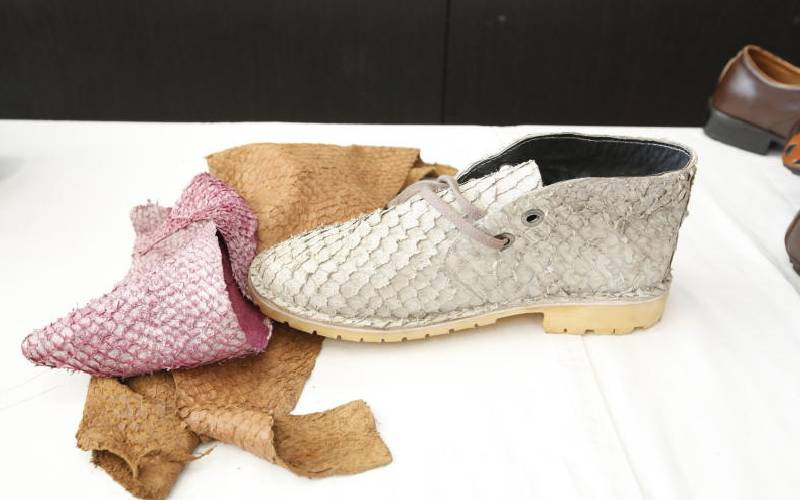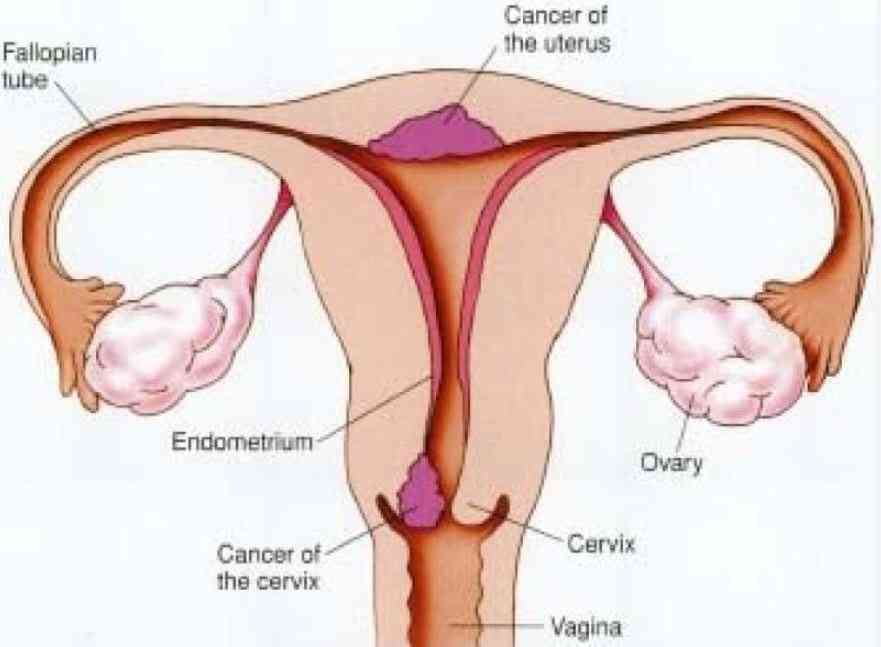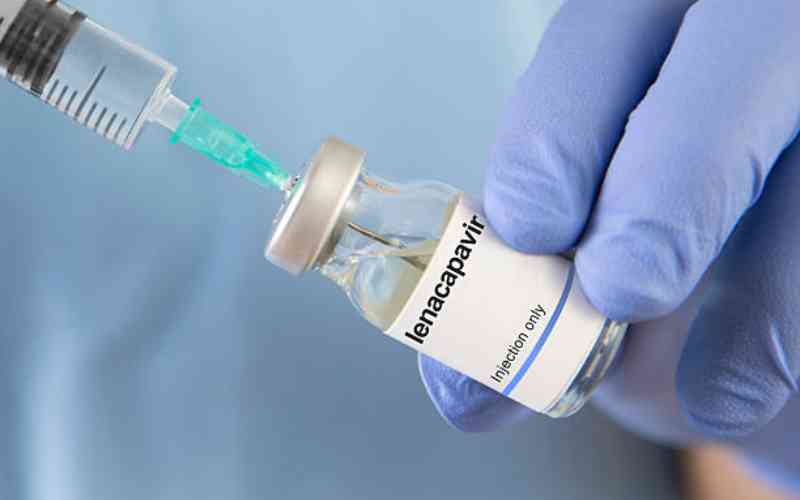
It is 6 am on the shores of Lake Victoria where a group of women are sorting sacks of fish wastes, others scaling and fleshing fish skin.
A group of 17 women dubbed ‘Obunga Dry Fish Women’ Obunga slums came together five years ago to start selling fish, but realised there was also more money to be made from fish waste while conserving the environment.
See, fish skin, bones and scales were slowly becoming a menace and “we realised we can increase our income from fish wastes and so we approached a fish fillet processing plant which started supplying us with fish skin and bones,” recalls Millicent Oranga, a member of the group.
 The Standard Group Plc is a multi-media organization with investments in media
platforms spanning newspaper print
operations, television, radio broadcasting, digital and online services. The
Standard Group is recognized as a
leading multi-media house in Kenya with a key influence in matters of national
and international interest.
The Standard Group Plc is a multi-media organization with investments in media
platforms spanning newspaper print
operations, television, radio broadcasting, digital and online services. The
Standard Group is recognized as a
leading multi-media house in Kenya with a key influence in matters of national
and international interest.











